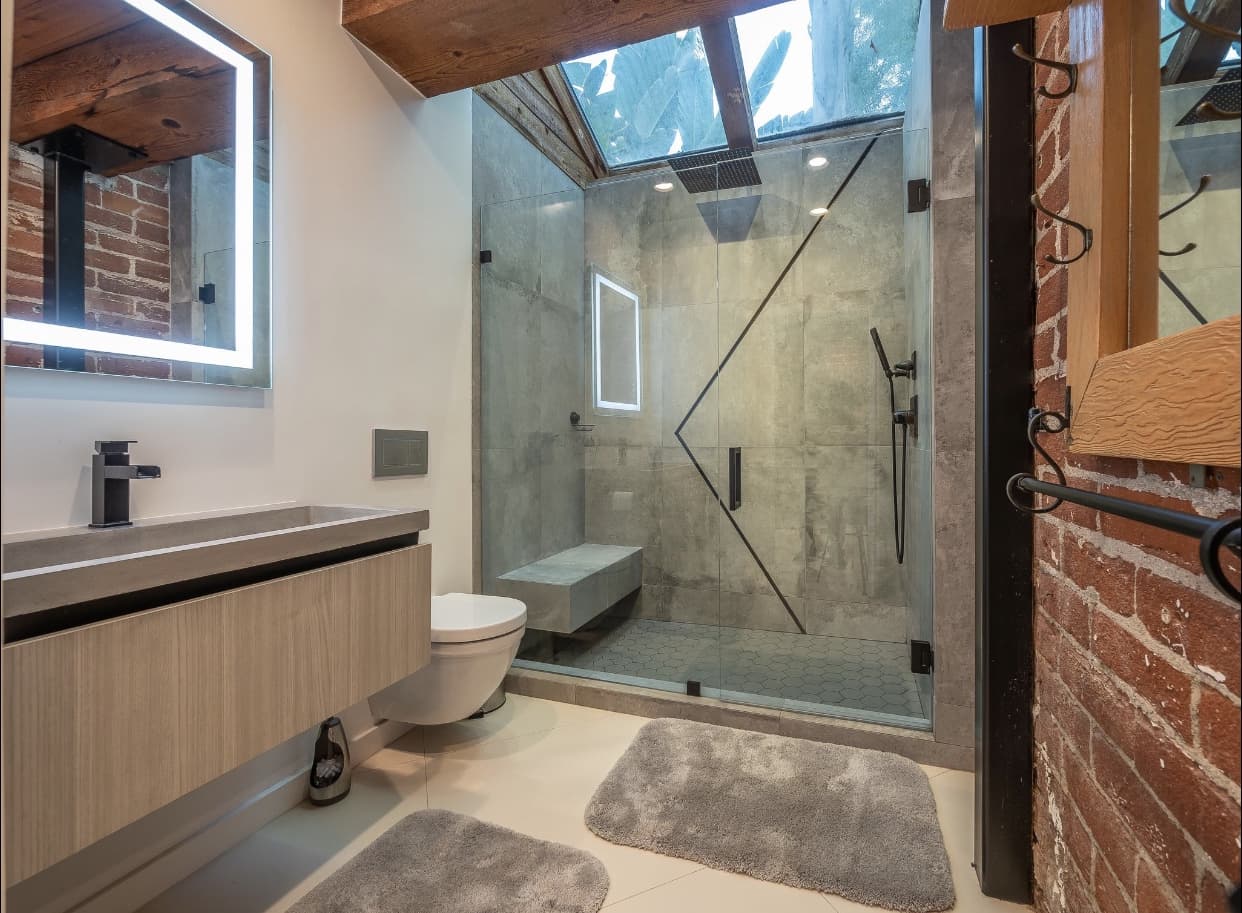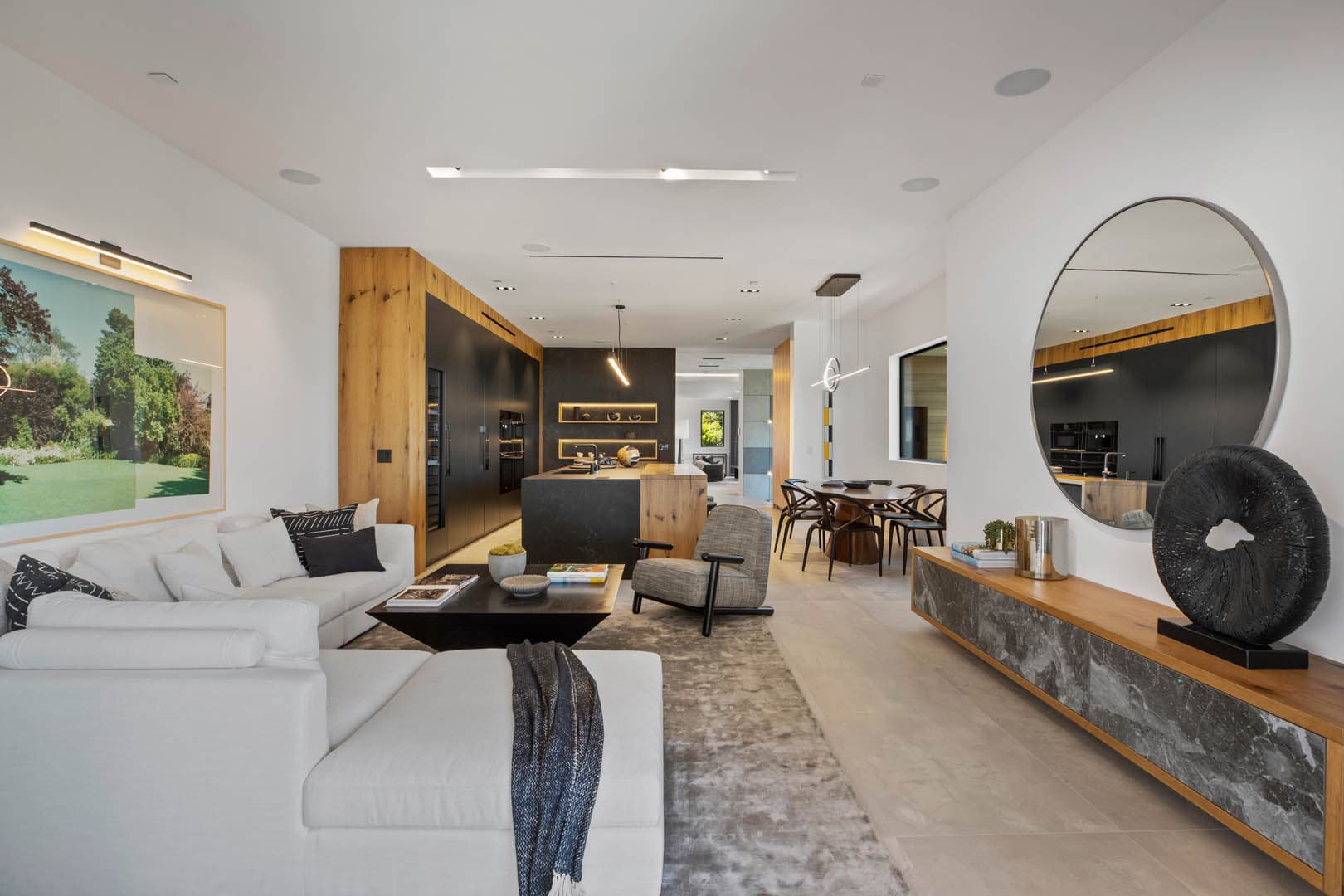Published February 27, 2023
How to Choose the Perfect Tiles When Remodeling Your Bathroom
Bathroom Remodels by Dana Laksman

Whether there are reasons why you should renovate your bathroom or you are just about to create it from scratch, bathroom tile selection requires caution. Due to their potential to offer color, pattern, texture, a natural look, or even a little sparkle, tiles are a popular choice for bathroom floors and walls. There is a limitless selection of bathroom tile colors, patterns, and finishes at the market now. And while it may sound fantastic, it also may be a very challenging task. Using our advice, you'll be able to choose the perfect tiles for your bathroom.
Choose the Perfect Tiles for Your Bathroom
The apparent advantage of tiles is that they adorn a space. They can protect walls in bathtubs and showers, even beneath the sink. You may find clarity in our guide and learn how to choose the perfect tiles for your bathroom, whether you want to use natural stone, ceramic, porcelain, or glass (plus, there are a variety of designs and finishes to pick from). A clean and modern update may be what you're looking for.
Step 1: Calculate Your Budget
You should always start with your budget. How to budget for home remodeling is one of the crucial questions, not only when you are remodeling the whole house but also when you are remodeling your bathroom. That will assist you in controlling your imagination and establishing guidelines for the total project as you complete the remaining steps. After all, if you're not careful, you might spend a fortune on just one gorgeous tile!
Step 2: Think About Your Preferred Tile Size
Before looking at bathroom tiles, you must choose the size of the tiles you want. Bathroom tiles are available in a variety of sizes, from small format tiles to large format tiles. The most widely used tile sizes for flooring are 300x300 mm and 300x600 mm. The main benefit of this dimension is that it is straightforward to set up in a sloped direction toward the floor waste. This tile has a large format and can be used with a rectangular stainless steel floor grate. You should always prefer large format tiles over tiny ones for your walls. To create a feature wall, you can use contrasting or similar tiles to create a continuous effect.
Step 3: Find the Right Type of Bathroom Tile
It can be the ideal time to match your bathroom's style to the design of your home if you are moving into a new house in SF and need to remodel before getting settled, for example. It's unnecessary for all the hues and shapes you select to be formed of the same substance. You can choose from various tile designs, but remember that each type has advantages and disadvantages.
Take into account these popular materials when choosing a tile:
- Ceramic: This is the least expensive bathroom tile option yet and, with proper installation, can look excellent. Try a plain neutral or white ceramic square tile if your budget is tight and you want your bathroom to stand out. Utilize it to cover your expansive areas before choosing a lovely accent tile for a vanity backsplash.
- Glass: It's a lot of fun buying glass tile, and they have been mainly used in fascinating ways by artists and tile designers from LA. You can use your glass tile as an accent stripe or shape in a shower niche or on a vanity wall.
- Natural Stone: This is a lovely choice that quickly calms your room. However, natural stone is the priciest type of bathroom tile. There is nothing like it, although it costs more than some tiling.
Lastly, when buying a tile, you need to consider maintenance. Remember that natural stone, such as marble, requires slightly more upkeep than other options. It requires sealing, exhibits scuffs and stains, and is more prone to cracking.
Step 4: Limit the Number of Different Tiles to No More Than Three
To create a distinctive design in your bathroom, you must be careful while mixing and matching tiles. While mixing and matching tiles is excellent, it could make your bathroom cluttered. Choose no more than three distinct tiles if you plan to mix and match them. Always choose your floor tiles first, then consider your wall tiles. Then, consider your wall tiles and how you will contrast them with your floor tiles. To pick which other tiles to include in your design, start with the first (must-have) tile. Choose more subtle tones from your must-have if a distinctive color or pattern will serve as the design's focal point and be employed in your accent tiles. However, if your first choice is quite dull (such as a white subway tile), you might want to spice things up by adding a colorful accent tile.
Step 5: Choose a Color Palette
There is a color for every tile. Because of this, choosing a bathroom tile color can be extremely difficult. The advice is to begin with, your accent tile. Choose a favorite accent tile, then create your color scheme around it. In general, your color scheme should be no more than 2-3 hues, though 3-4 is also acceptable; any more, and it may start to resemble the tile store's scrap heap, and you should avoid making the most common mistakes while remodeling your bathroom. The wall and floor coverings and the tiles that make up the bathroom's structure may look best in white or neutral colors. That is particularly valid if you want your accent tile to steal the show in your bathroom. Additionally, consider the lovely textures available in whites and neutrals if you find them boring.
Final Thoughts
Bathroom tiles can be purchased from various sources, including home improvement stores and specialty shops for tile and flooring. The choice of tiles is a matter of taste. There is no disputing how challenging it is to choose the perfect tiles for your bathroom. But you can pull it off! If you merely follow this advice, you can have a stunning bathroom that inspires you.
Written by Dana Laksman
Share this entry

COMPLIMENTARY IN-PERSON OR VIRTUAL CONSULTATION
(888) 324-1144
